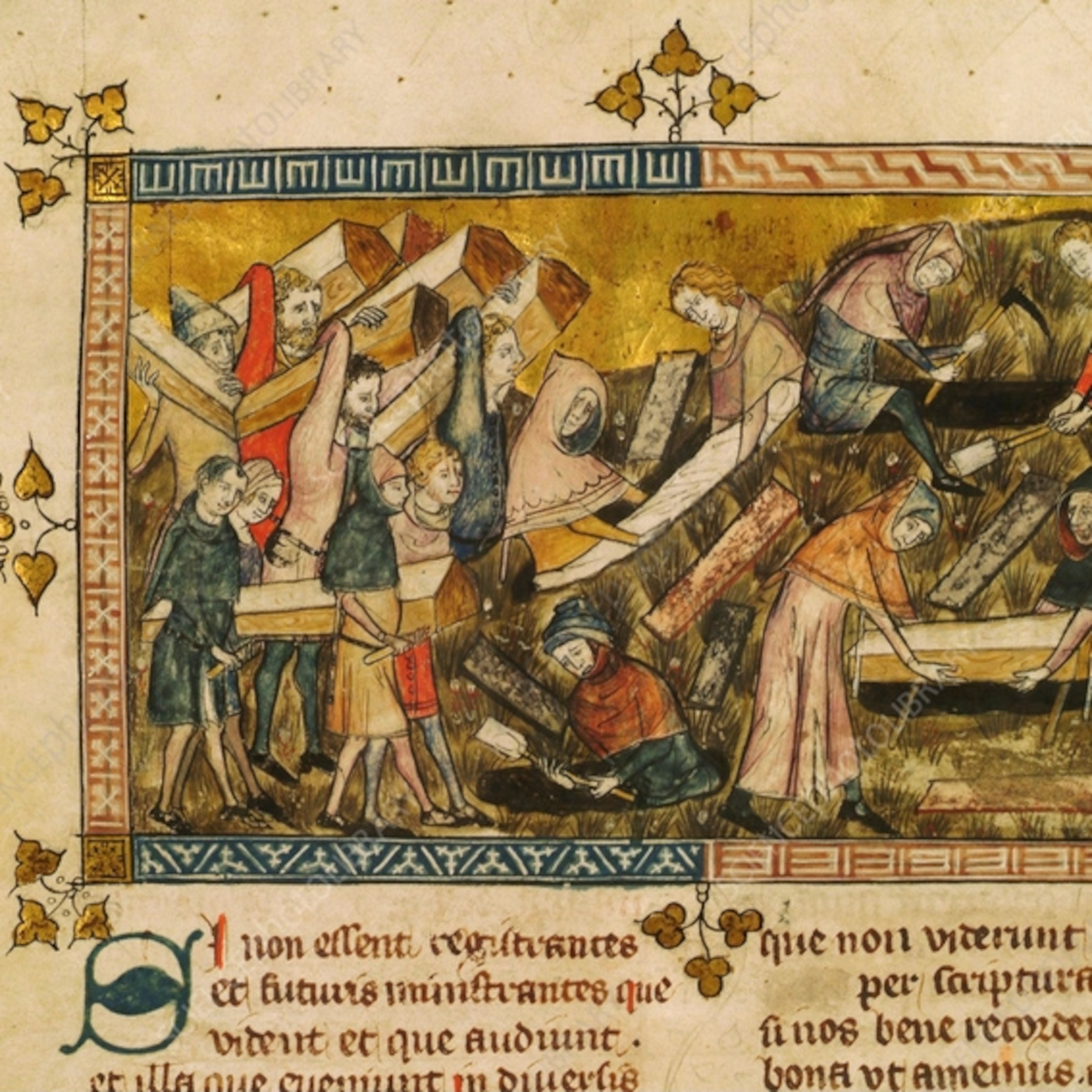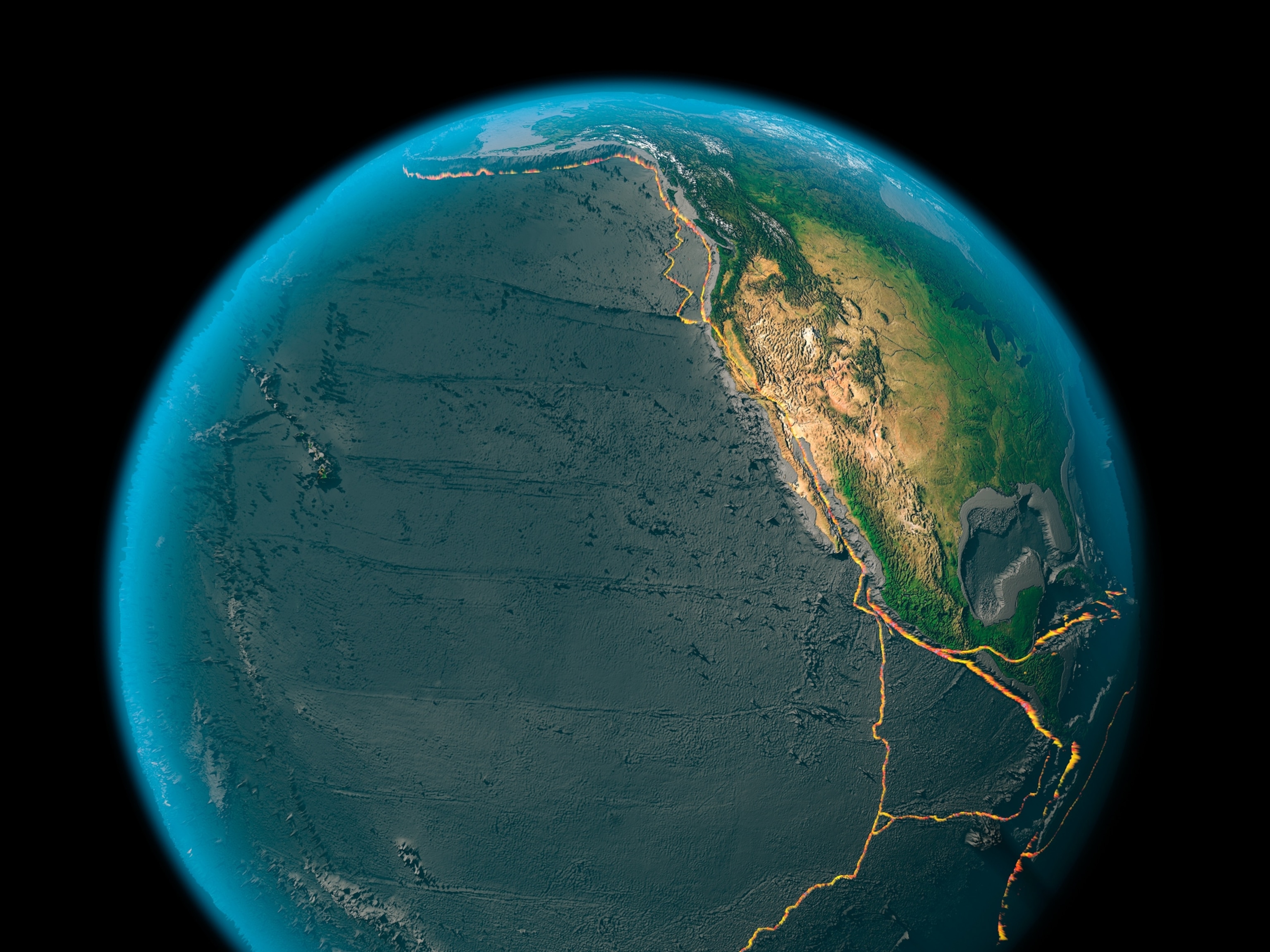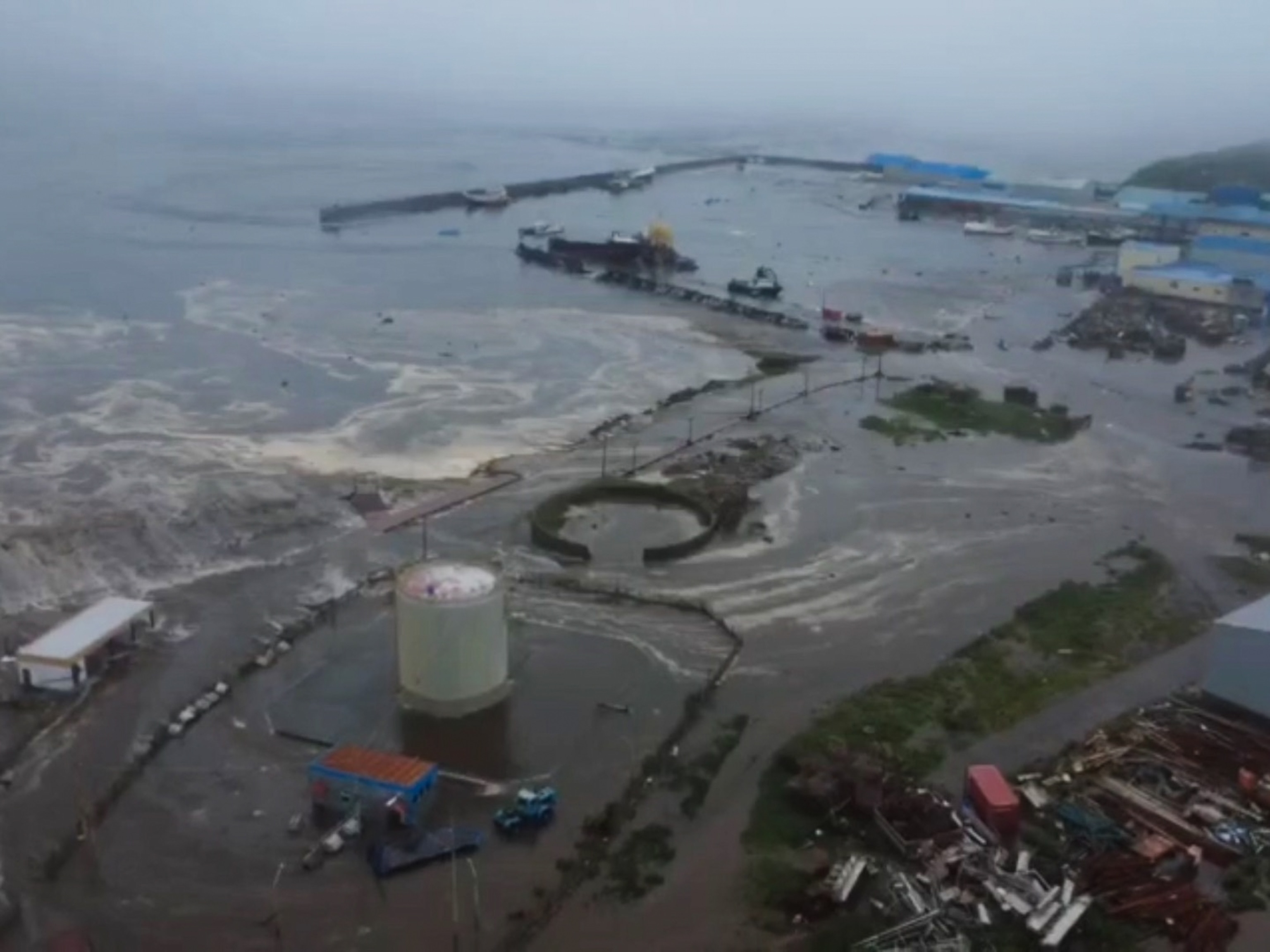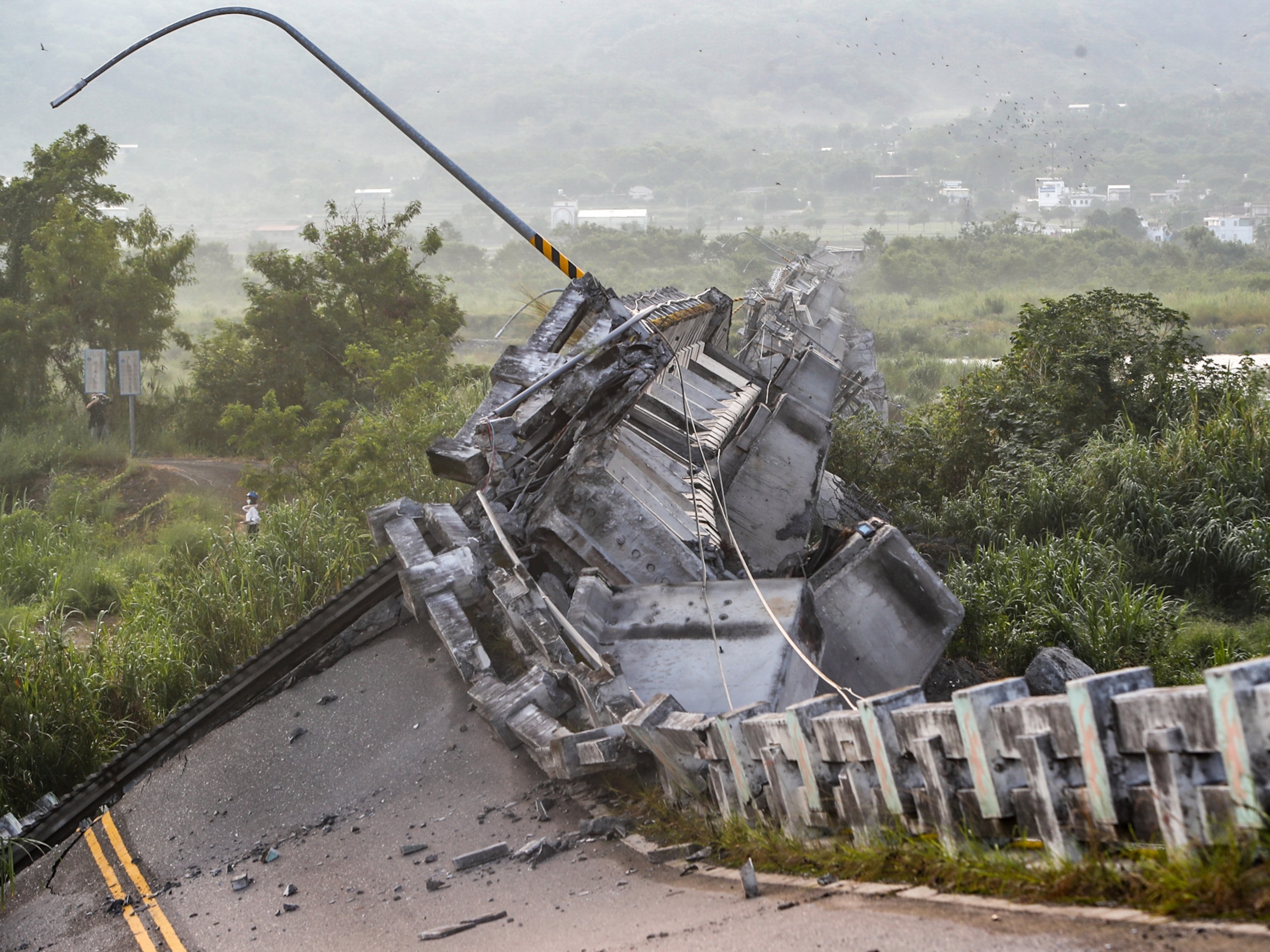This year thousands of mysterious earthquakes hit Santorini. Scientists finally know why.
During the quakes, researchers were able to track dangerous magma in real time.
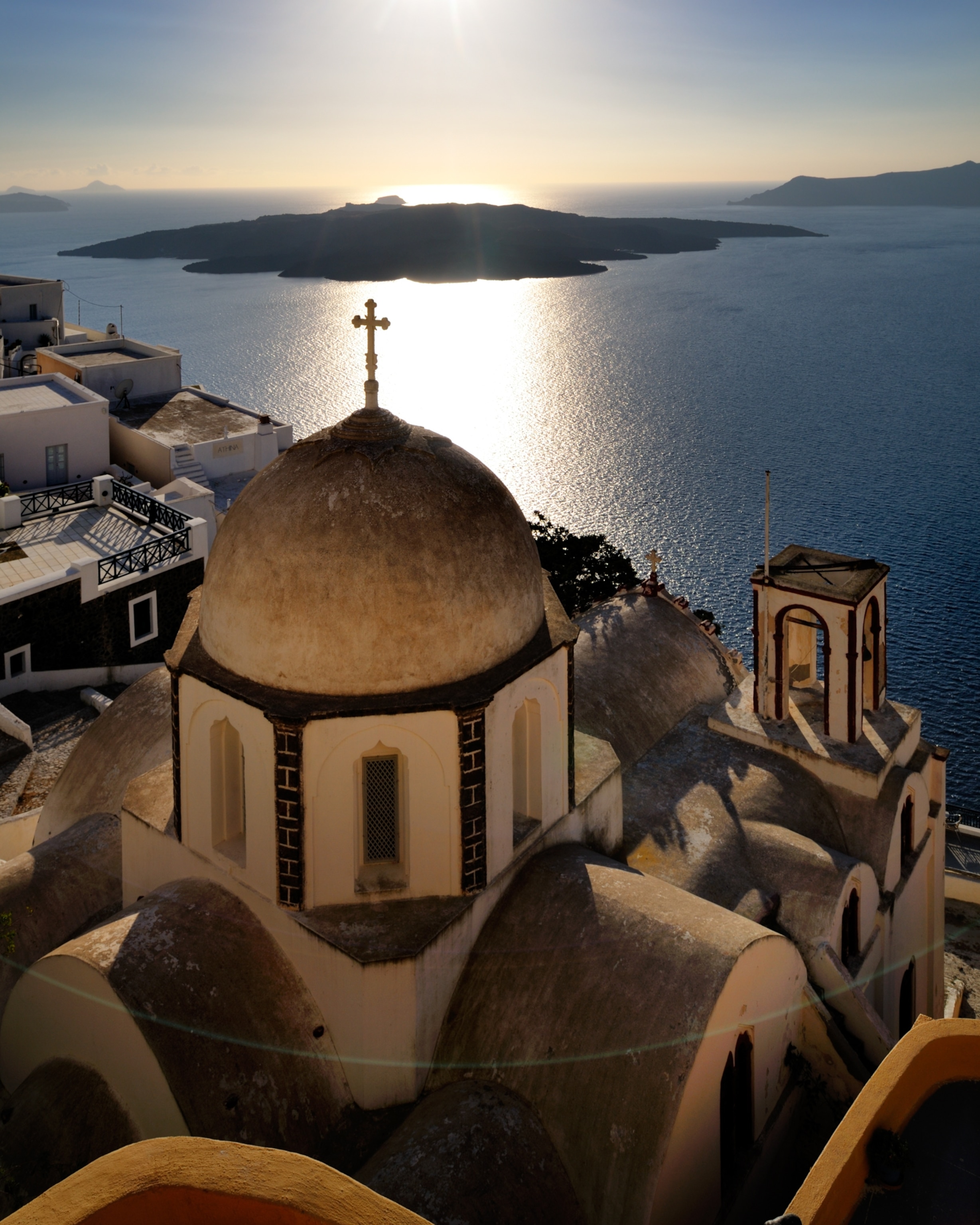
In late January, something began to stir beneath the idyllic Greek islands of Santorini, Amorgos, and Anafi. These Aegean islands experienced a rapid-fire sequence of over 28,000 earthquakes, including several over a magnitude 5.0. Locals on Santorini feared that a violent volcanic eruption might be incoming.
To everyone’s relief, after about a month, the seismic crisis ended without incident. And now, thanks to a slew of seismic gadgetry and artificial intelligence, scientists think they’ve found the culprit. A sheet of magma rapidly rose from the depths of the Earth’s crust and triggered the seismic swarm.
Published September 24 in the journal Nature, the crisis analysis also revealed a surprising connection between Santorini and Kolumbo, a submarine volcano not far offshore. “They are communicating,” says Jens Karstens, a geophysicist at the GEOMAR Helmholtz Centre for Ocean Research in Kiel, Germany, and one of the authors of the new study.
The team’s data only scratches at the surface of what’s truly going on below. But thanks to the team’s diligent monitoring efforts, “they’ve pulled out something really interesting,” says Isobel Yeo, a submarine volcanologist at the National Oceanography Centre in Southampton, England, who was not involved with the new study.
Plus, scientists now know they can track the movement of magma beneath the region. That allows them to better forecast the likelihood of an eruption the next time these islands begin to shake.
(Need an earthquake refresher? Here’s what causes tremblors.)
Decoding a seismic crisis
This part of the Aegean Sea has an explosive volcanic history. Santorini, a magmatic cauldron with a pair of tiny volcanic islets sticking out of its submerged center, is infamous in that regard: An especially tremendous outburst in 1560 B.C. helped fell a civilization. Kolumbo, hiding underwater just over four miles to the northeast, is also known to act out: In 1650, an explosion there blasted out tall tsunamis and a deadly haze of noxious gas.

Both are active volcanic systems, primed to erupt again someday. So, when a swarm of quakes coming from below Santorini itself ambushed the island’s 15,000 inhabitants earlier this year, it may not have been a total surprise—but anxiety abounded.
As many of its residents fled the island, scientists scrambled to work out what was causing the seismic crisis. Puzzlingly, the quakes quickly moved away from Santorini and offshore to the east, clustering within a nearby fault zone and not beneath any known volcanoes.
“There was a lot of uncertainty in this moment. We didn’t know whether it was magmatic or tectonic,” says Marius Isken, a geophysicist at the GFZ Helmholtz Centre for Geosciences in Potsdam, Germany, and another author of the new study.
(What is an “earthquake swarm”?)
Luckily, scientists were already monitoring Santorini and Kolumbo. On top of that, the MULTI-MAREX project—a German-Greek-led interdisciplinary effort to turn the region into a natural scientific laboratory covered in geophysical instruments—was in full swing when the quakes began.
Underwater sensors had been deployed within the Kolumbo’s crater and detected seismic signals and pressure changes from the convulsing seafloor. The team also used radar-equipped satellites able to track the subtle shifts in the shape of the region, GPS ground stations and volcanic gas detectors. They even deployed a form of artificial intelligence: machine learning programs trained on decades of seismic data. These programs could identify the quietest of earthquakes and pinpoint exactly where in the crust they were coming from.
Altogether, it helped them crack the case—in real time.
Magma rises, islands fall
From July 2024 to January 2025, prior to the seismic crisis, the data showed that Santorini’s cauldron uplifted slightly, and more carbon dioxide and hydrogen gas leaked out of its roof—indicating a modicum of new magma was filling up its own shallow magma reservoir. This went largely unnoticed.
Then the seismic swarm began. From late January to the end of February, a tempest of quakes migrated from Santorini to below the waters south of Kolumbo. They started at a depth of 11 miles and rose to just under two miles below the surface in just a few weeks.
The temblors, and the region’s shapeshifting, painted a living, moving picture that showed a vast curtain of magma known as a dike rushing to the surface. As it did so, it smashed through miles of brittle rock and put pressure on a series of nearby faults, causing them to rupture.
“The dike intrusion set off a chain reaction,” says Jonas Preine, a geophysicist at the Woods Hole Oceanographic Institution in Massachusetts and one of the authors of the new study. “And that’s what generated the stronger shaking experienced on the island.”
Simultaneously, as the dike rose through the crust, another magma reservoir below both Santorini and Kolumbo shrank as its own molten rock bled away. This caused both volcanoes to subside.
The dike’s seemingly unstoppable ascent meant “there was a possibility that magma would reach the shallow seafloor,” says Isken—which could cause some explosive activity. Fortunately, the dike lost momentum, and the crisis came to an end.
Most dike injections fail to cause eruptions, and this one was no different. “There probably wasn’t enough magma in it, and it wasn’t buoyant enough, to hit the surface,” says Yeo.
A new map of the Greek underworld
While this incursion ended prematurely, others might not. And sketching out other aspects of the plumbing help will help researchers track dangerous magma in real time and warn locals.
There is no direct connection in the shallow crust between the two magma reservoirs that fuel Santorini and Kolumbo’s eruptions. But “it’s now quite clear that there is a connection at greater depth,” says Karstens. Although their data hasn’t illuminated the deeper echelons of the crust, the fact that a magma dike emerged and climbed as a nearby reservoir was also being drained feels more than mere coincidence.
“Their plumbing systems are hydraulically connected,” says Preine. “Changes in pressure or stress in one reservoir can affect the other, much like two nearby springs responding to fluctuations in the same water table.”
Scientists were once wary of suggesting that nearby volcanoes can be “coupled.” But emerging evidence from an array of volcanic systems, from Hawai‘i to Iceland to parts of central and eastern Africa, suggest that what happens below one directly affects the other—and that magma doesn’t just move upwards, but sideways.
“Volcanoes don’t just have shallow magma chambers. They have trans-crustal magma systems,” says David Pyle, a volcanologist at the University of Oxford who was not involved with the new study.
The same is true of Santorini and Kolumbo. It’s as if both volcanoes are two aortas attached at depth to a hidden magmatic heart—all part of an as-yet-unidentified and unmapped geologic circulatory system. Thankfully for those living above it, scientists are now able to take its pulse.


